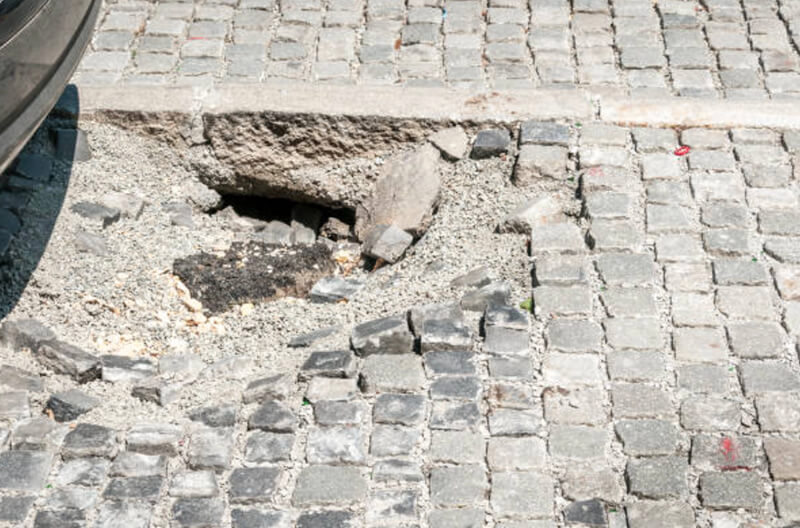Mudjacking or Slabjacking, is used to lift and level concrete surfaces that have become uneven or sunken over time. This can result from soil settlement, erosion, or various other factors. In order to effectively level concrete, it is essential to understand the soil type’s role in the process.
There are several different types of soil, each with its unique properties and characteristics. The type of soil present beneath a concrete slab can have a significant impact on the stability and levelness of the slab. Some soils are more prone to settlement and erosion than others, leading to uneven or sunken concrete. Understanding the properties of different soil types can help contractors determine the most effective method for leveling concrete.
- Clay Soils:
Clay soils are made of tiny particles tightly packed together. They have a high shrink-swell potential, meaning they can shrink and expand significantly based on the amount of moisture present. Clay soils are also highly cohesive, meaning they tend to stick together. These properties can make clay soils more prone to settlement and erosion, leading to uneven or sunken concrete. - Sand Soils:
Sand soils are made of larger particles and have a lower shrink-swell potential than clay soils. They are also less cohesive and have a lower bearing capacity, meaning they cannot support the weight of structures such as concrete slabs. As a result, sand soils may be more prone to settlement and erosion, which can lead to uneven or sunken concrete. - Silt Soils:
Silt soils are intermediate in particle size and have intermediate properties between clay and sand soils. They have a moderate shrink-swell potential and a moderate bearing capacity, making them less prone to settlement and erosion than clay soils but more prone than sandy soils. - Gravel Soils:
Gravel soils are made of huge particles and have a high bearing capacity. They are less prone to settlement and erosion than other soil types and are generally more stable. - Organic Soils:
Organic soils are composed of decomposed plant and animal matter and are found in areas with high moisture levels. They have a low bearing capacity and are highly prone to settlement and erosion, leading to uneven or sunken concrete.
The type of soil present beneath a concrete slab can significantly impact the slab’s stability and level. Clay soils are more prone to settlement and erosion, while sandy soils have a lower bearing capacity and may be more prone to settlement. Silt soils are intermediate in particle size and have intermediate properties between clay and sand soils. Gravel soils are made up of enormous particles and have a high bearing capacity, making them less prone to settlement and erosion. Organic soils are composed of decomposed plant and animal matter and have a low bearing capacity, making them highly prone to settlement and erosion.
Understanding the properties of different soil types can help contractors determine the most effective method for leveling concrete. Other methods may be more suitable for different soil types, and it is vital to select the correct approach to ensure that the job is done safely and effectively. It is generally recommended to seek out a professional concrete leveling company with the expertise and experience to properly assess the condition of your soil and determine the best course of action.

